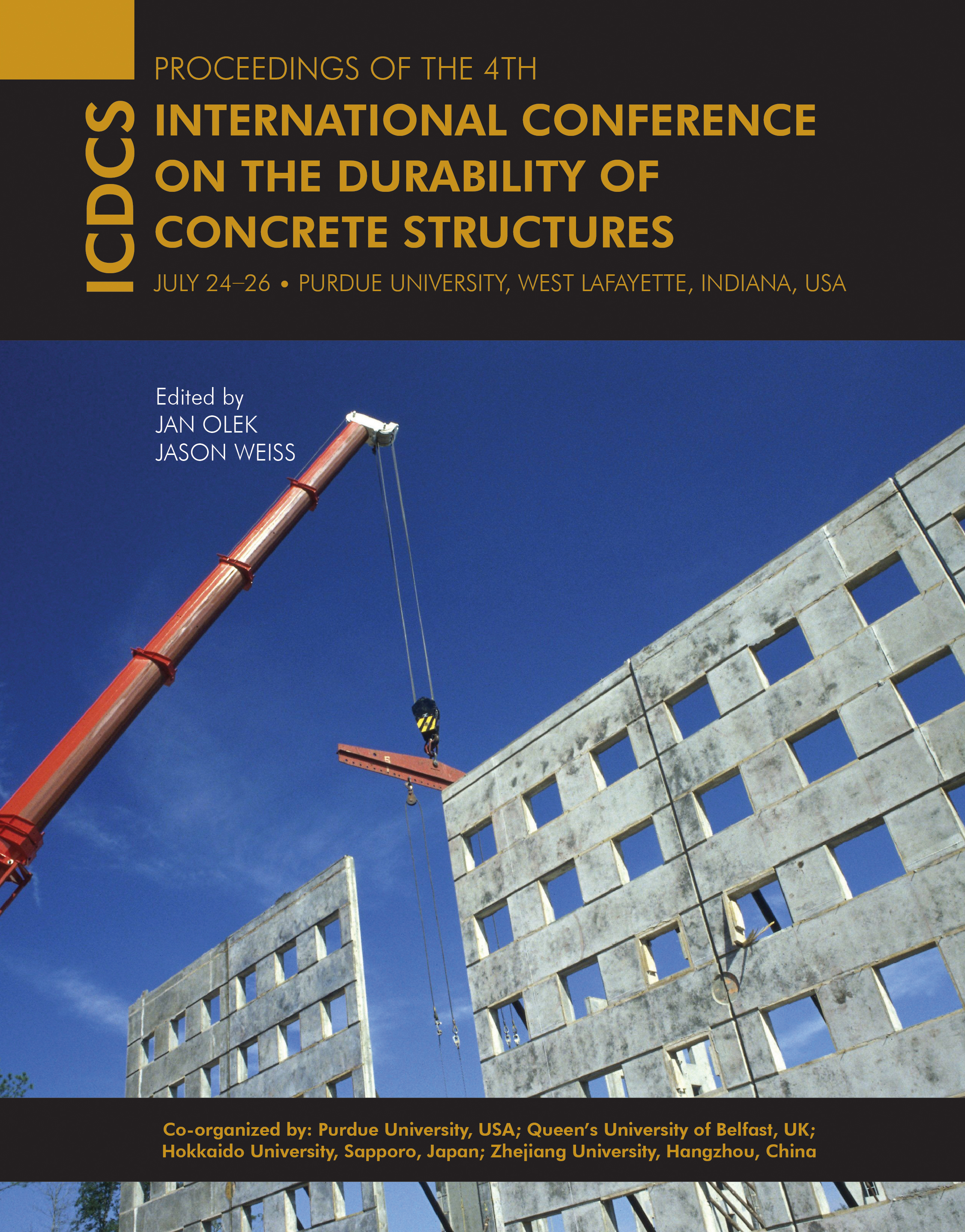Keywords
cement paste, microstructure, numerical model
Abstract
The formation process of microstructure in cement pastes was first simulated with a numerical model CEMHYD3D. The influence of water-to-cement ratio and particles size on heat release and degree of hydration were then investigated. In addition, the mass of CH and C–S–H phases simulated have been verified by measuring values by thermogravimetry–differential scanning calorimetry (TG-DSC) and X-ray diffraction (XRD)-Rietveld analysis. The evolutions of solids phase percolation and capillary pores de-percolation were also identified by means of a three-dimensional (3D) numerical model. The results show that the simulated values are in good agreement with the available experimental data, indicating a good reliability of the CEMHYD3D model.
DOI
10.5703/1288284315430
Included in
Numerical Simulation of the Early Age Three-Dimensional Microstructure Development of Cement Pastes
The formation process of microstructure in cement pastes was first simulated with a numerical model CEMHYD3D. The influence of water-to-cement ratio and particles size on heat release and degree of hydration were then investigated. In addition, the mass of CH and C–S–H phases simulated have been verified by measuring values by thermogravimetry–differential scanning calorimetry (TG-DSC) and X-ray diffraction (XRD)-Rietveld analysis. The evolutions of solids phase percolation and capillary pores de-percolation were also identified by means of a three-dimensional (3D) numerical model. The results show that the simulated values are in good agreement with the available experimental data, indicating a good reliability of the CEMHYD3D model.





